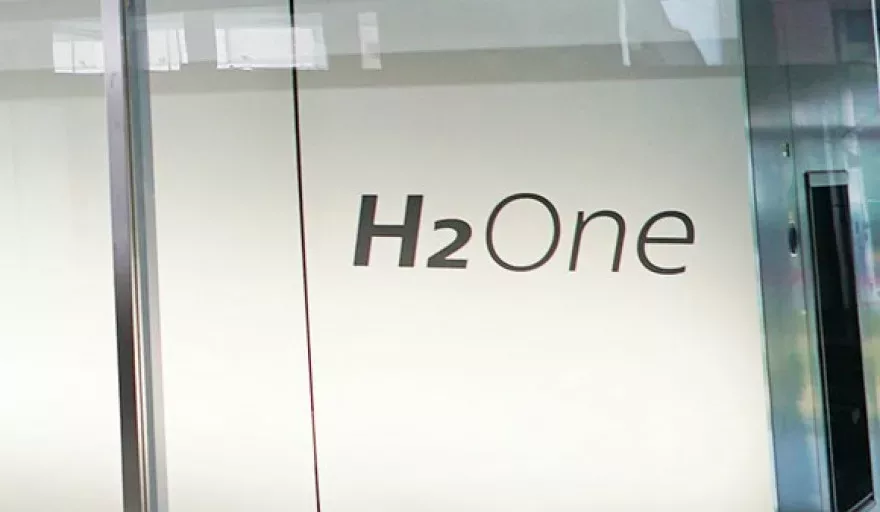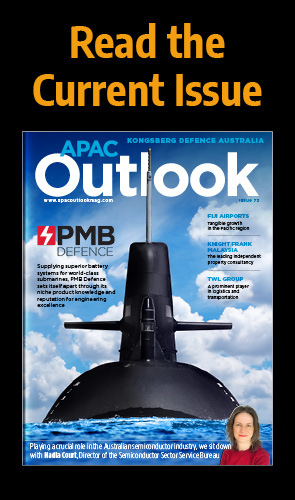2018 has been a sharp reminder of the realities of climate change.
This year, California experienced its most destructive wildfire season to date and Arctic sea ice levels reached record lows, while France was forced to close four nuclear reactors as the river water cooling them became too warm.
Heatwaves are quickly becoming the norm in the face of rising deforestation and industrialisation, raising the alarm for solutions to issues that, in many instances, we don’t yet have the answer for.
However, rising awareness is driving the development of innovative techniques, evident with the increasing use of clean energy alternatives, such as hydrogen fuel cells.
One such Company that has recognised and begun to leverage the potential of fuel cell technologies is Toshiba Energy Systems & Solutions (Toshiba ESS). A subsidiary of Tokyo-based multinational Toshiba, Toshiba ESS has been tasked with tackling these global challenges by developing ground-breaking hydrogen-based technologies.
“Toshiba strives to develop technologies for the production, storage, and use of hydrogen,” explains Ryo Nakajima, Technology General Manager of the New Energy Solutions Project Team at Toshiba ESS. “In our efforts to promote a society powered by sustainable energy, we developed a ‘hydrogen-based social infrastructure system’ utilising CO2-free hydrogen and an advanced energy management system.”
TRANSFORMATIVE IDEAS
Having joined Toshiba ESS as a R&D Engineer, now positioned on its managerial team, Nakajima has continued to play a key role in creating innovative solutions, including its recently launched H2One system.
“The H2One integrates all the elements required to realise a hydrogen-based autonomous energy supply system,” reveals Nakajima. “The technology is able to utilise a solar power system to generate electricity; a stationary battery to store it; a water electrolysis hydrogen generator; and a hydrogen storage tank, all in order to create pure hydrogen fuel cells.”
Effectively, renewable energy is stored in batteries and used to electrolyse water in order to produce hydrogen. This hydrogen is then kept in a storage tank or facility, where after it is then discharged as needed, powering fuel cells that generate electricity.
What makes the system so successful is that hydrogen is suitable for long-term storage, making it ideal for addressing electricity needs all year round.
Where there may be a surplus of energy, such as with solar energy in summer months, the H2One can then autonomously convert this into hydrogen that can be used to create fuel cells at a later date when there may be shortages.
“As the hydrogen can be produced from inexhaustible water and stored long-term until electricity is needed, this serves as a good solution for communities and industries requiring a consistent and steady supply of energy, as well as environmentally friendly solutions,” Nakajima adds.
AVERTING CRISES
Identifying the autonomous system’s properties, Toshiba ESS has created an off-grid solution using the H2One that is helping to power a number of remote communities with clean, sustainable and reliable energy.
“This is a distributed energy system that allows the supply of stable energy, without influence from the weather or environment, to islands currently reliant on diesel and other generating systems such as thermal power,” explains Nakajima.
“For example, Indonesia, a nation consisting of many islands, has the challenge of supplying low-cost energy to each island – a challenge that has been outlined in its power supply business plan called RUPTL. This aims to increase the country’s total power generation capacity rate of renewables from the 12.52 percent recorded in 2017 to 23 percent by 2020.”
As part of this initiative, Toshiba ESS and Indonesia’s Agency for the Assessment and Application of Technology (BPPT) signed a memorandum of understanding in August that would see the H2One system implemented and assessed across the archipelago.
Equally, Toshiba ESS has signed a similar agreement with the Philippines due to its high reliance on coal and oil-fired thermal power, and its dependence on the importation of these fuels.
Evident in these two use cases, the H2One System is also becoming widely accepted across island nations due to its effectiveness in enhancing disaster readiness of communities.
Nakajima continues: “Natural disasters bringing down lifelines have left a deep awareness of the need for communities to take effective measures in response to emergencies. Toshiba H2One can work and generate electricity even when power lines are cut, attracting attention as a solution for any energy-reliant continuity plan.”
RISING TO THE CHALLENGE
Alongside the broad use of H2One across Indonesia and the Philippines, it is also being used effectively in a number of specific projects across other parts of Asia.
One example of this is its application within the Rakuten Seimei Stadium in Miyagi, Japan.
A 23,000-seater baseball stadium and home of the Tohoku Rakuten Golden Eagles pro-baseball team, H2One is being utilised to provide an uninterrupted, off-grid supply of energy that keeps the Rakuten.FM TOHOKU radio station and part of the stadium’s lighting systems up and running in times of shortages.
Meanwhile, on a day-to-day basis, the system helps to supply energy to the stadium’s electronic display and the radio station, and light a nearby park.
“The stadium’s H2One integrates a hydrogen tank fabricated with a very high-density storage alloy,” Nakajima states. “The tank allows all necessary equipment to be stored in one container, shortening the construction period by two thirds.”
Further, Toshiba has also been using its alternative system, the H2Rex pure hydrogen fuel cell delivery system, to help provide clean energy to Showa Denko K.K. (SDK), a Tokyo-based chemical company, and the new Kawasaki King Sky Front Tokyu REI Hotel.
In this instance, hydrogen is extracted from recycled plastics by SDK that is then used to help meet the energy demands of the hotel.
“H2Rex is a clean energy solution that uses hydrogen as a fuel for CO2-free electricity generation,” says Nakajima. “It’s highly responsive and can boot up and start generating electricity in just five minutes.”
As a result, the hotel will cogenerate hot water in each room using a combination of H2Rex and electricity.
Leveraging their individual expertise, the collaboration between Toshiba ESS and SDK in this instance is symbolic of the cooperation that will be necessary in addressing today’s challenges on a global scale.
From innovative solutions such as the H2One to widening cooperation, many of these use cases are prime examples of businesses and governments alike rising to the challenge, fundamentally making a difference in helping to create a sustainable future.
Nakajima concludes: “Today, the world faces the serious issue of global warming, and many governments and companies have pledged to do their part to lower their carbon footprint. We recognise that we must do the same.”






















